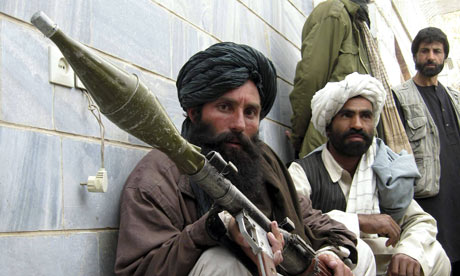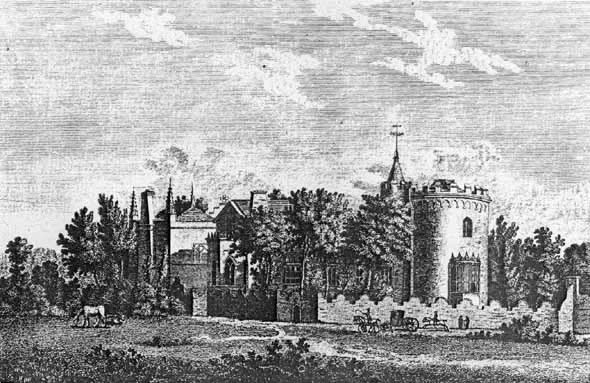chapter 1- Introduced to Frankenstein and his family, gives us context of life he was living (only child). we learn about his Genevese origins. description of his father Alphonso Frankenstein a wealthy and respected benevolent man that rescued Frankenstein's mother.
Theme- Knowledge, childhood.
- Introduced to a loving relationship between Frankenstein's parents- important as relationship between parents can affect a child's experiences as they tend to pass these traits on later.
- Adoption of an orphan girl Elizabeth being raised by a peasant family. See Frankensteins attachment to his 'more than sister'... 'till death she was to be mine only' - this could be a first insight into control and power before the creation of his creature. creates a protective mind, though we haven't seen the interaction between them yet.
- Morality, Shelly presents him as a very self-centered, sheltered.
- The contrast of characters, Frankenstein being more academic in a sense of having the 'thirst for knowledge'.
- very independent character 'it was my temper to avoid a crowd, and to attach my self fervently to a few.' this could then develop as to why he becomes socially incompetent. His lack of social skills makes him impaired to the norms and values of society.
- ' harmony was the soul of our companionship...drew us nearer together'.Could this be a fascination to Frankenstein to find someone who is opposite to his character but can keep him content. Or is this highlighting his control of independence as well as dependence of a positive character in life.
- 'natural philosophy' - a break down in structure goes on to talk about learning and the book that he has read, which highlights his thirst for knowledge. Becomes fixated about the world around him and the discoveries of nature and electricity.
- Age of 13- becomes interested in how life evolved on the planet, studies theories of life and human creations. ' the world was to me a secret which i desired to divine.' the knowledge of new information makes him happier, though fate has other plans for him.
Theme- Knowledge, childhood.
- Loneliness of Frankenstein develops 'I was new to sorrow'. Though we see him more engaged with his studying. See his nervousness of being along from everyone he loved, but finding the Professor which he befriends, see how devoted they are to studying. Another downfall chapter 3, page 34 'the labours of men of genius, however erroneously directed,scarcely ever fail in ultimately turning to the solid advantage of mankind' M Waldman was wrong.
- After Frankenstein realises what gives life, he experiments with creating a human being. The construction takes place 'I succeeded in discovering the cause of generation and life.'
- the breakdown of interaction with his family begins to fade, his health declines from the constant labour, little rest, poor diet. Refuses to stop working see his obsession and control, which develops the psychological attachment.
Chapter 5-Frankensteins creation comes to life and illusions of grandeur were vanished by the hideousness of the beast. the contrast of the creature having good and bad elements, can be interpreted as complementing Frankensteins personality. As well as an understanding of people and the reality of life people being judgmental. His perfect creation was a frightening disaster. "For this I had deprived myself of rest and health. I had desired it with an ardour that far exceeded moderation; but now that I had finished, the beauty of the dream vanished, and breathless horror and disgust filled my heart." Chapter 5, pg. 42 Frankenstein fled his laboratory and collapsed in his room. He woke from a nightmare to see the monster standing over him, smiling with his hideous, black lips.
Chapter 6- In the letter, Elizabeth begs for a letter from Frankenstein to assure his family that he was well. Frankenstein misses out on life, misses the progression with his family. The long description of the hardships of Justine Moritz. Frankenstein avoids his scientific studies as it reminds him of the disastrous experiment.
- further extension of loneliness. Page 55.
- Pages 62-3
- Use of letters break down structure, tells story from a different perspective builds imagery of scenes as well as revealing emotions. (pages 56-7).
Chapter 8 - Justine's trial explains all the evidence but not the evidence of the locket. She is still acquitted and executed. The guilt builds up of two deaths on his conscience. Frankenstein knew then that it was only the beginning of their sorrow and he was responsible for all of it but unaware of how to prevent it. "[He] beheld those [he] loved spend vain sorrow upon the graves of William and Justine, the first hapless victims to [his unhallowed arts." Chapter 8, pg. 73.
Paradise lost- form of a long poem, which tells the story of Adam, Eve and Satan. Satan uses the ability to talk to destroy the Earth.
Christianity- painful or perfect eternal life that awaits after death, meaning heaven or hell.
Frankenstein- After life has been revoked the creation of a new creature.
- society became liberal so people stopped going to church.
Scientific- Challenges the view thats God is powerful and challenges human creation.
- Science is being attacked by Mary Shelley because of its arrogance.
Superstition- Dracula, Dr Jekyl and Mr Hyde.
-fear of Frankenstein.
Romanticism
- Imagination and emotion over rationality.
- Exciting and mysterious quality.
- Pushing the boundary.
- Marginalised.
- Value nature.
French Revolution- Due to revolution and deficits. Le roi te touche, dieu te guient- If Kings influences on Britain: Rights of man, social reform, social reform, social class system, Britain constitution.
-Frankenstein unruly passion to chase after something that was out of his control.
-Product of unchecked intellectual ambition which missled him into a hollow existence.
-criticism of slavery and abolition in the 1800's.
- 'Prophetic soul'- echoes Hamlet in Act 1 scene 5 line 41 where the ghost of Hamlets Father tells him of his murder by Claudius ans lays upon his sons the burden of revenge.
CONTEXT- AO4
Prometheus and Paradise Lost
Prometheus is told to create mankind using mud and water. He is a great benefactor to mankind teaching them astrology and architecture etc. Though he stole fire from Zeus and gave it to the mortals, his punishment was to be bounded by a rock and on each day an eagle would come and peck out his liver which it then grew back and this continuously happened.
Prometheus is told to create mankind using mud and water. He is a great benefactor to mankind teaching them astrology and architecture etc. Though he stole fire from Zeus and gave it to the mortals, his punishment was to be bounded by a rock and on each day an eagle would come and peck out his liver which it then grew back and this continuously happened.
Frankenstein is viewed as the 'Modern Prometheus' stealing fire ffrom the Gods made him an admired figure among writers . Shares similarities with Frankenstein is told by Zeus to make a creation of humanity from mud and water, Victor creates a monster. Also how he steals fire by harnessing the power of lightening to animate his monster. Prometheus defies the supreme being and continues to purse knowledge (symbolises fire) until it has its consequences which parallels going against nature the way Frankenstein does.
Both are given gifts/powers such as Frankenstein is given intelligence and Prometheus is given trust though they both disobey the power given.
Paradise lost- form of a long poem, which tells the story of Adam, Eve and Satan. Satan uses the ability to talk to destroy the Earth.
- God creates the world and Adam and Eve, Frankenstein is the parallel to the character of being 'God'. He is seen as a more obsessive creator and self centered. The creature ca identify with Satan and Adam to be born perfect creatures but betray by committing sins.
- The creature being rejected shows the rejection of Adam and Eve.
- she was always trying to come up with ideas for a horror story, had discussions about Darwin's theory of evolution with Lord Byron. She had a nightmare which developed the story of Frankenstein.
- Wrote the novel at the age of 19, as a woman it was published anonymously.
- Married Percy Shelley.
- Died in Bournemouth 1851.
Christianity- painful or perfect eternal life that awaits after death, meaning heaven or hell.
Frankenstein- After life has been revoked the creation of a new creature.
- plays God by creating the creature
- monster has a soul whether he goes to heaven or hell though he wasn't born naturally.
- society became liberal so people stopped going to church.
Scientific- Challenges the view thats God is powerful and challenges human creation.
- Science is being attacked by Mary Shelley because of its arrogance.
Superstition- Dracula, Dr Jekyl and Mr Hyde.
-fear of Frankenstein.
Romanticism
- Imagination and emotion over rationality.
- Exciting and mysterious quality.
- Pushing the boundary.
- Marginalised.
- Value nature.
French Revolution- Due to revolution and deficits. Le roi te touche, dieu te guient- If Kings influences on Britain: Rights of man, social reform, social reform, social class system, Britain constitution.
-Frankenstein unruly passion to chase after something that was out of his control.
-Product of unchecked intellectual ambition which missled him into a hollow existence.
-criticism of slavery and abolition in the 1800's.















